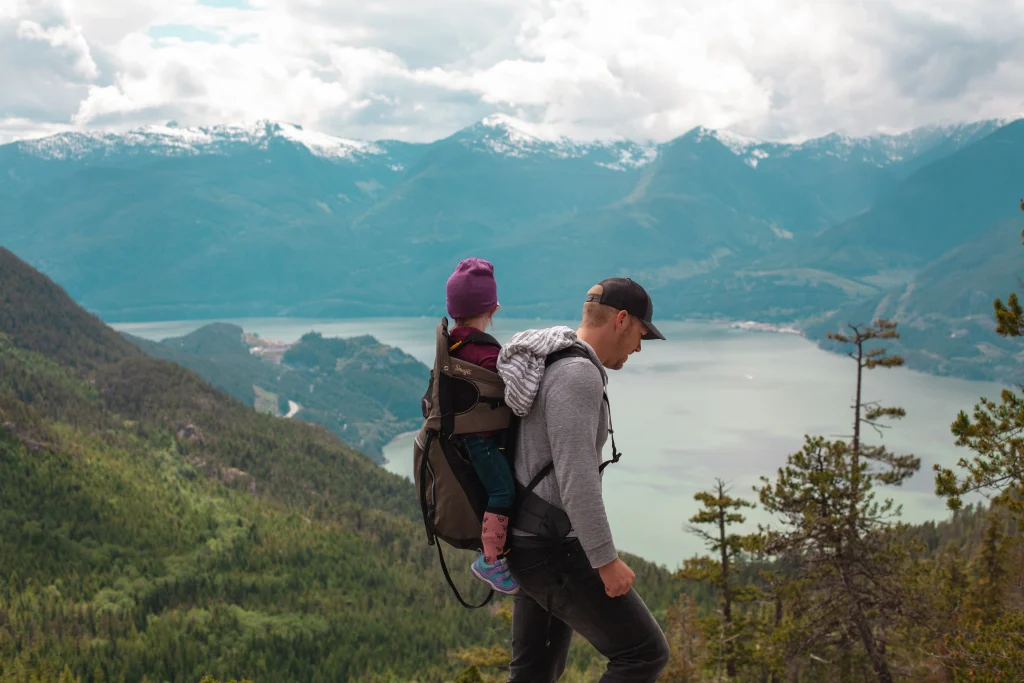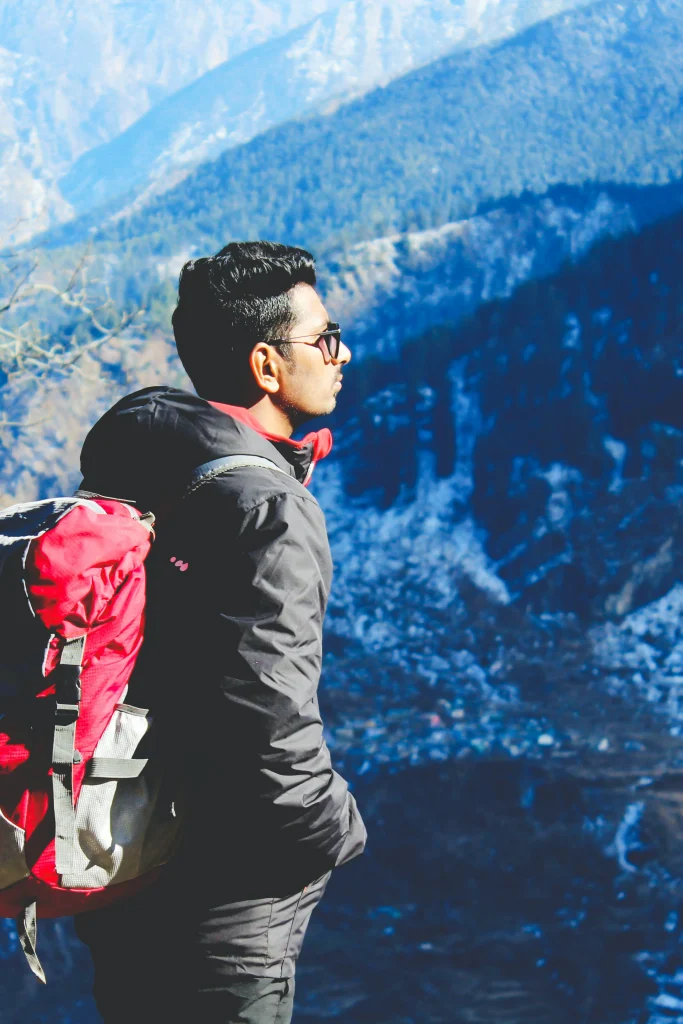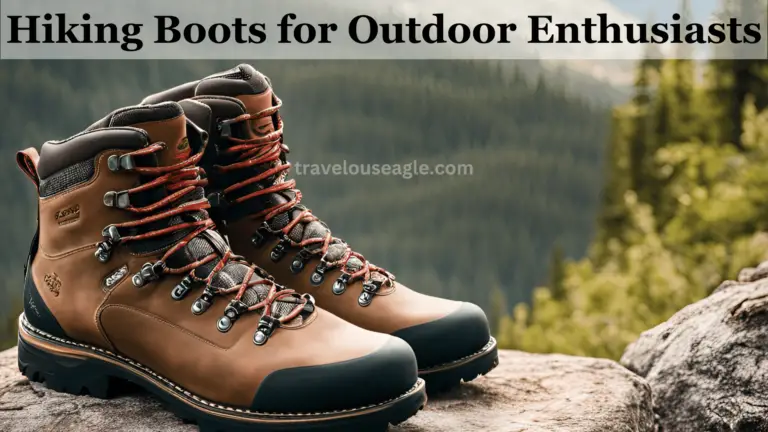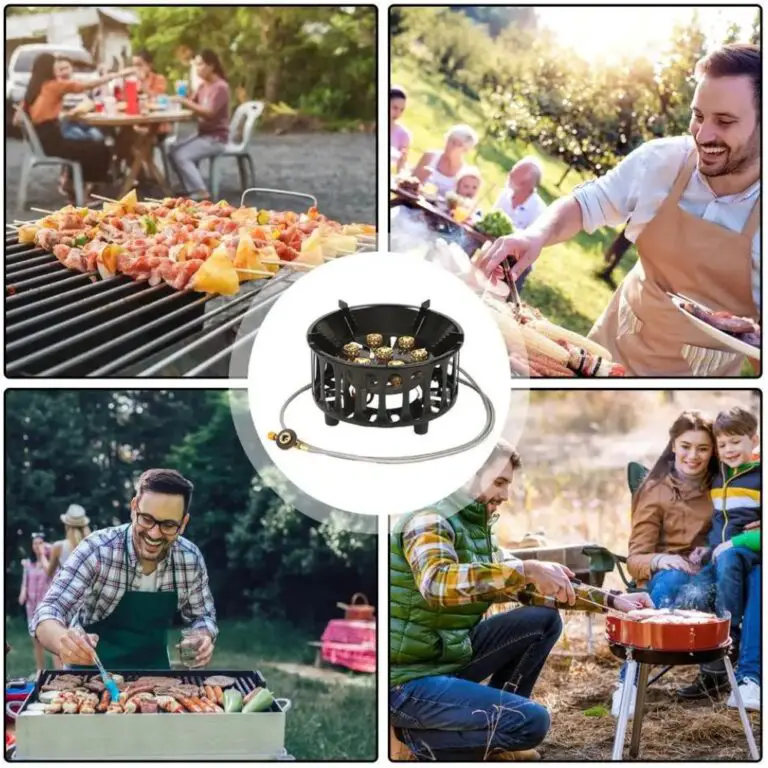How To Pack A Hiking Backpack: The Ultimate Guide to Efficient and Organized Packing
Packing efficiently is just as important as having the necessary gear and a feeling of adventure when setting off on a wonderful hiking expedition.
Having the knowledge of how to pack a hiking backpack properly can greatly improve the quality of your hiking trip. Envision being able to appreciate the natural world while having quick access to your necessities, a balanced load, and the ease of well-organized storage.
In this article, we will take you through the art of packing a hiking backpack, step by step, so you can confidently hit the trails. We will show you how to pack a backpack so that every inch of space is utilized, from the bottom to the side and hip pockets.
To be ready for any trail excursion that may lie ahead, take your backpack, and we’ll go over some packing tips.
How To Pack A Hiking Backpack

When packing a hiking backpack, strategic organization plays a vital role in ensuring a comfortable and efficient hiking experience. Here’s how to get the most out of the different parts of your bag.
Packing the Bottom of the Hiking Bag
The bottom of a hiking pack is a practical space for some goods to be packed. Most of the gear that fits in this compartment is medium weight, and it also offers convenient storage space for larger goods that are not needed before getting to the campground. The smooth, soft bottom of the gear also acts as an internal stress absorber for the hiker’s back and the pack itself.
The bottom of the pack should first contain medium-weight items like a compressed sleeping bag, a sleeping mat, and heavy clothing. It is advised to use the dedicated sleeping bag compartment if one is provided in the bag.
This makes the best use of available space while enabling quick access to the sleeping bag when necessary.
Additionally, the bottom of the packet helps store bulk food items, mainly when they are presented in stand-up giant bags. Since they won’t be used immediately during the trek and may be reached later at the campsite, these goods can be safely stowed near the bottom.
Packing the Middle Back of the Hiking Bag
The bulkiest items should be packed near the middle of the back of the backpack when on a hike. Basic packing supplies, including cooking, a tent, a water reservoir, and other heavy goods, should be kept in this part.
Climbers can maintain their center of gravity, reduce pain, and guarantee stability by evenly spreading their weight in this area.
The first thing to do is put any heavy or bulky equipment that is not necessary for trekking in the middle back of the pack. A cooking set, a stove, and bear canisters carrying food and fragrances are examples of this unless a water reservoir is more practical for hydration than bottles.
The center of gravity is set, and the burden is directed downward rather than backward by placing these bulky goods in the center of the back.
Heavy items should be placed in the center of the back of a hiking bag to provide a stable center of gravity, prevent discomfort, and guarantee even weight distribution. An efficient use of space and careful meal preparation also provide for a more pleasurable and effective trekking trip.
Packing the Top of the Hiking Bag
The top of the hiking bag makes it easy to store necessities that may be reached quickly when hiking. This area is appropriate for carrying lightweight things that are used frequently and any emergency supplies that could be required.
Large trails rise to the top of the list of necessities. This list includes an insulated jacket, a pair of fleece-lined pants and jacket, a raincoat, a first-aid kit, a water purifier or filter, and a bag for toiletries, paper towels, and used paper towels.
Before arriving at the campground, some hikers like to set up camp with their tent at the top of the pack for easy access in the event of unexpected storms.
The top of the pack is perfect for lighter and smaller goods that are regularly required on walks to ensure simple access and organization.
Grouping these products into purses or stash bags is advised to find what you need quickly and easily.
Additionally, the pack’s top is a wonderful spot to store supplies that might be quickly needed in an emergency. A safety kit with an emergency beacon and the necessary hiking first aid supplies may be included in this.
You may ensure simple access and effective organization throughout the journey by placing lightweight things and often-used items at the top of the hiking bag.
Everyday necessities can be conveniently placed for easy access, while emergency supplies are immediately accessible.
he top of the pack should be appropriately used to make climbing easier and more organized.
Utilizing Side Pockets and Hip Pockets in a Hiking Bag

For convenient storage of numerous materials, it’s crucial to utilize side pockets and hip pockets when packing a hiking backpack. For a comfortable trekking experience, these compartments offer easy access to necessities and aid in maintaining appropriate weight distribution.
Side pockets have several uses. A raincoat can be quickly retrieved in dangerous weather by stowing it inside one of the pack’s exterior pockets. Additionally, carrying a water bottle in the side pockets makes it easy to stay hydrated while climbing.
Additionally, these pockets are ideal for separating into reusable stasher snack packs and storing food for the day. Side pockets may easily hold numerous foods, including cheese and salami, sandwiches, chocolate bars, dried fruit, and homemade trail mix. To ensure proper weight distribution and prevent pain brought on by uneven weight, it is crucial to have side pockets on each side of the pack.
Additionally, hip pockets offer useful room for storing necessities. Nutritious snacks like almonds, raisins, chocolate bars, and coconut flakes packaged in a Stasher snack bag can be kept in one of the waist belt pockets. Travelers can eat quickly without stopping by slipping a snack pack inside a waist belt pocket.
Extra food or a second snack bag filled with dog treats for hikers bringing their four-legged companions can be kept in the other belt pocket. Removing stasher bags from waist pockets for bear country walks and storing them overnight in bear canisters is simple.
Hikers can maintain a well-balanced weight distribution and easily access important things by using side and hip pockets efficiently. The ability to stow regularly used goods like snacks, water bottles, raincoats, caps, and other gear makes trekking more enjoyable.
Conclusion
In conclusion, for a smooth and organized trekking trip, it’s imperative to understand how to pack a hiking backpack effectively. Hikers can make the most of the available space, construct a shock-absorption system for their back, and pack by carefully loading the bottom of the bag with medium-weight gear and bulk food items.
A stable center of gravity is achieved by placing heavier objects in the middle back, promoting even weight distribution and lessening discomfort.
The top of the pack is excellent for quick access to commonly used things, emergency supplies, and basics like an insulated jacket and a first aid kit.
To ensure even weight distribution and quick access to vital equipment, side and hip pockets can be used to store necessities like snacks, water bottles, raincoats, and personal things.
Hikers can have a well-prepared and pleasurable hiking excursion by using these packing tips.
How Should Hiking Boots Fit: Essential Tips for a Perfect Fit
Read More



